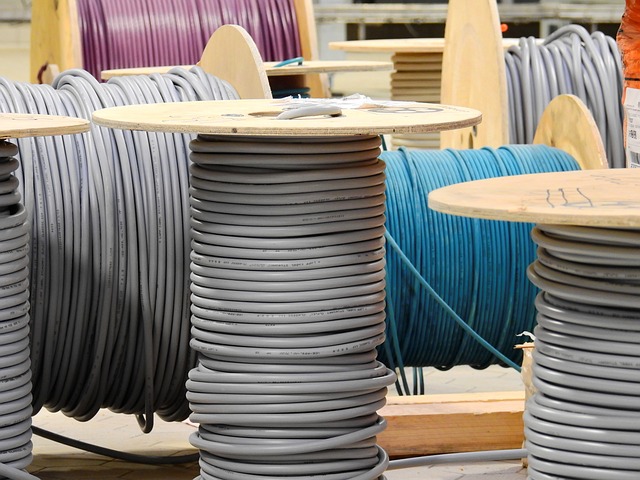
Utilizing the sun’s energy for electricity via solar power systems necessitates meticulous planning and appropriate equipment. Among the many components, cables stand as a crucial element in the successful execution and operation of a solar power project. This article offers an all-inclusive guide to aid you in selecting the most appropriate cables for your solar initiative.
Bare Copper Cable
Bare copper cables find their primary application in the grounding systems of solar projects. In a residential rooftop solar setup, for example, you would use a bare copper cable to connect the solar panel frames, mounting structures, and inverters to the grounding rod. This connection ensures that if a lightning strike or electrical fault occurs, the electrical energy safely channels into the ground.
Battery Cable
Battery cables find their primary usage in off-grid solar systems or grid-tied systems with battery backup. For example, in a cabin in the woods powered by an off-grid solar system, you would use battery cables to connect the solar batteries to the charge controller and the inverter. The battery cables are responsible for carrying the stored energy from the batteries to the inverter, which then converts it to a usable form for household appliances.
Communication Cable
In large-scale solar farms, the performance of hundreds or thousands of solar panels needs to be monitored. Communication cables are used to connect each panel and inverter to a central monitoring station. This allows the operator to track the performance of each panel, identify any issues, and maximize the efficiency of the solar farm.
Outside Plant Telecom Cable
Let’s consider a scenario where a telecommunications company opts for solar power to energize its isolated signal towers. In this instance, the use of outside plant telecom cables becomes necessary to bridge the solar power system and the telecom apparatus. The durability and resilience of these cables guarantee the system’s unwavering communication provision, irrespective of the prevailing weather conditions.
Tray Cable
For a commercial rooftop solar system, you could use tray cables to link the string of solar panels to the combiner box, and then to the inverter. These cables boast a design that resists extreme rooftop conditions such as severe temperatures and constant exposure to sunlight.
Custom Cable
For a residential solar project that involves complex architecture or unusual spacing between the components, custom cables can be a lifesaver. For example, if the distance between your solar panels and the inverter exceeds the standard cable length, a custom cable can be created to bridge this gap without causing a voltage drop.
Conclusion
In conclusion, the appropriate selection of cables is pivotal when setting up a solar power system. Whether you need a bare copper cable for grounding, a battery cable to set up battery connections, or an outside plant telecom cable to power remote telecom installations, each cable type actively contributes to the safe and efficient functioning of your solar project. By comprehending these subtleties, you’re able to construct an efficient and enduring solar system. Don’t shy away from seeking advice from experts or professionals in the solar industry for guidance specific to your project’s needs. Investing in a solar power system is substantial, and making knowledgeable choices will aid in optimizing its returns.

